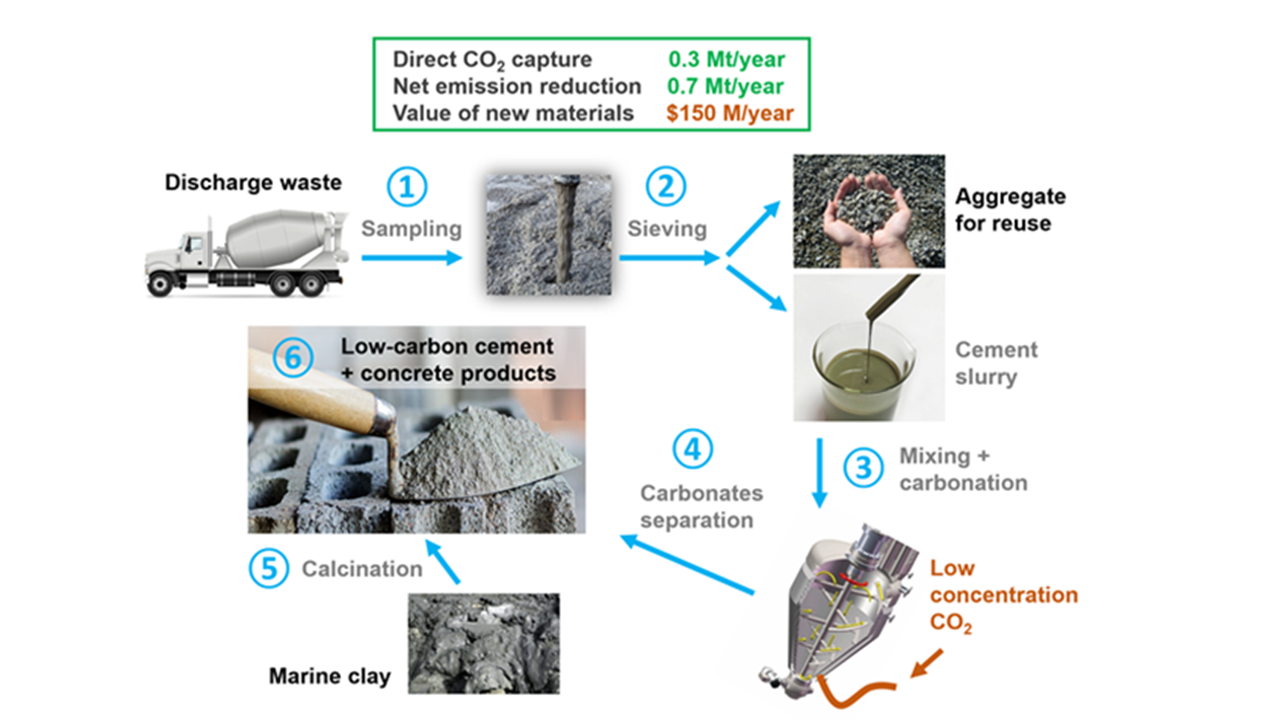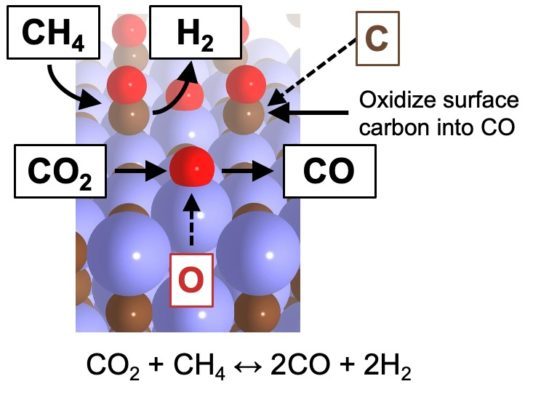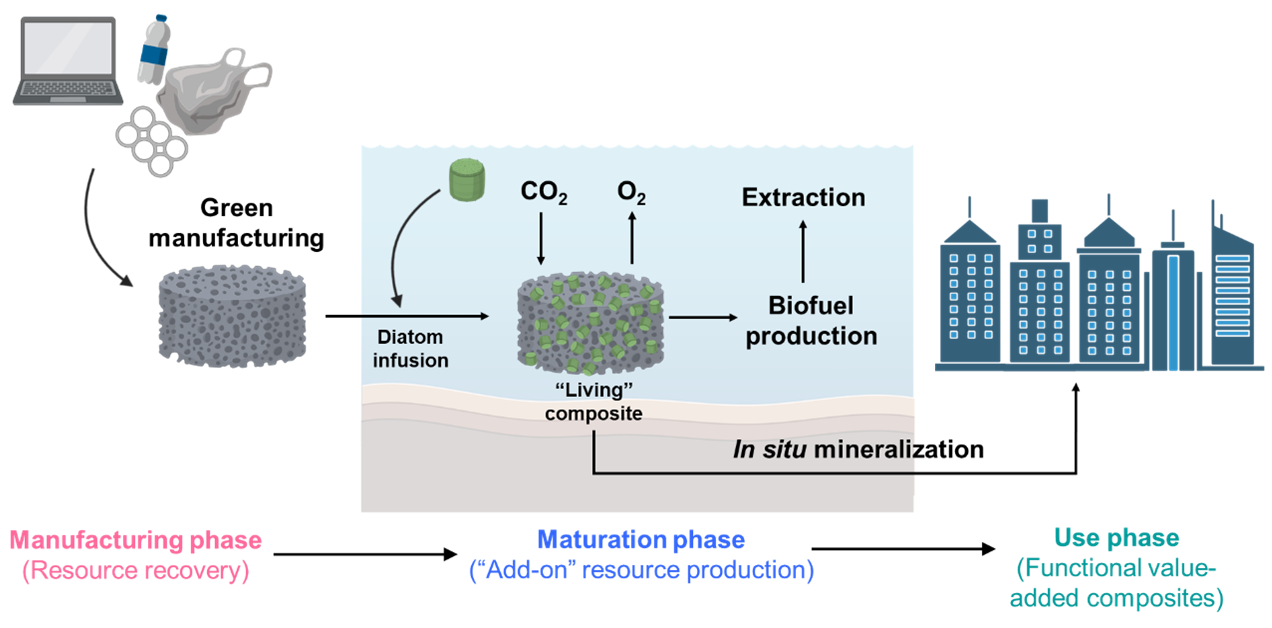If successful:
Revealing the patterns of CO2 emissions and removals induced by land-use changes in Southeast Asia at fine spatial scales to inform decision making relating to regional land management for net zero emission goals.
List of Publications:
- Zhang, Z., Luo, X.*, Friess, D., Wang, S., Li, Y. & Li, Y. (2024). Stronger increases but greater variability in global mangrove productivity compared to that of adjacent terrestrial forests. Nature Ecology & Evolution. https://doi.org/10.1038/s41559-023-02264-w.
Brief description: In this study, we used remote sensing observations to study the gross carbon uptake (i.e., productivity) of global mangroves and nearby land forests. We found mangroves tend to have a faster increase in productivity compared to land forests, but they also show larger sensitivity to climate variability than land forests. The potential implication for large-scale reforestation – land forests are our saving account (slower increase less variable) while mangroves are an investment account (faster increase but more sensitive to climate stresses). We need a good combination of both for efficient carbon sequestration!
- Tian, J., Luo, X.*, Xu, H., Green, J.K., Tang, H., Wu, J. & Piao, S. (2024). Slower changes in vegetation phenology than precipitation seasonality in the dry tropics. Global Change Biology. https://doi.org/10.1111/gcb.17134.
Brief description: In this study, we used multiple remote sensing datasets to study the changes in the growing season length of tropical drylands. We specifically look into how the changes in rainfall season impact vegetation growing season. The new knowledge obtained is critical for us to predict the future growing season change in tropical drylands, which is critical for understanding the carbon uptake period of natural ecosystems under climate change.
Zhao. R., Luo, X.*, Yang, Y., Syahid, L., Chen, C. & Lee, J. Cropland expansion drives vegetation greenness decline in Southeast Asia. EGUsphere. https://doi.org/10.5194/egusphere-2024-378. (under review).
Brief description: In this study, we harmonized multiple land use products in Southeast Asia to detect the land use change in the region for the past two decades. Our study confirmed large scale deforestation in the region due to cropland and oil palm expansion. Among these, cropland expansion has significantly reduced the greenness in Southeast Asia, consequently impact the carbon cycle in the region.
List of conference presentations :
Asiaflux conference September 2022
1.Title of Presentation: Global variation in ecosystem carbon use efficiency derived from eddy covariance observations
Presenter: Asst Prof. Luo Xiangzhong
Awarded the Best presentation of the conference
Abstract : Terrestrial ecosystems have been serving as a strong carbon sink that offsets one quarter of anthropogenic CO2 emissions in the past decade. Carbon use efficiency (CUE), the percentage of photosynthesized carbon plants store in biomass, is a major factor determining the efficiency of this ecosystem service. Here we used advanced statistical methods, flux data and ecological theory to infer a new global database of carbon use efficiency.
2.Title of Presentation: Slower changes in vegetation phenology than precipitation seasonality in the dry tropics
Presenter: Dr. Tian Jiaqi
Abstract: The dry tropics occupy forty percent of the tropical land surface and play a dominant role in the trends and interannual variability of the global carbon cycle. While several studies have reported that the dry tropics are experiencing significant changes in the wet/dry-season length (i.e., precipitation seasonality), the accompanied changes in vegetation have not been examined. In this study, we thus explored the vegetation changes in the dry tropics over the past 40 years and uncovered underlying mechanisms.
3.Title of Poster: Interannual Variability of Carbon Dioxide (CO2) and Methane (CH4) Fluxes in a Rewetted Temperate Bog over a 5-Year Period
Presenter: Tin Widyani Satriawan
Abstract:Rewetting in previously drained peatlands is important for re-establishing their role as carbon sinks. Here, we evaluated the interannual variability of greenhouse gas (GHG) fluxes at a rewetted temperate bog based on eddy covariance measurements. We found that the rewetted bog alternated between being an annual CO2 sink and source, while consistently being a CH4 source. Despite mainly acting as a GHG source, the rewetted bog will likely have a cooling effect on climate over long timescales compared to drained bogs.
Cordex Southeast Asia regional climate downscaling workshop
Title of Presentation:
Tropical extreme droughts drive long-term increase in atmospheric CO2 growth rate variability
Presenter: Asst Prof. Luo Xiangzhong
Abstract: The tropics play a dominant role in the variability of the global carbon cycle, however, how the magnitude of variability changed in recent history remains unclear. Here we used atmospheric observations in combination with climate data to delineate a key role of tropical extreme droughts in explaining the changes in global carbon cycle variability











